 A few days ago, Arm’s annual architecture update was released.
A few days ago, Arm’s annual architecture update was released.
Let me briefly explain what this is for those who may not be familiar.
The processors in our smartphones mostly use the Arm architecture.
 For example, the Snapdragon 8 Gen 2 and Dimensity 9200 are built on last year’s second-generation Armv9 architecture.
For example, the Snapdragon 8 Gen 2 and Dimensity 9200 are built on last year’s second-generation Armv9 architecture.
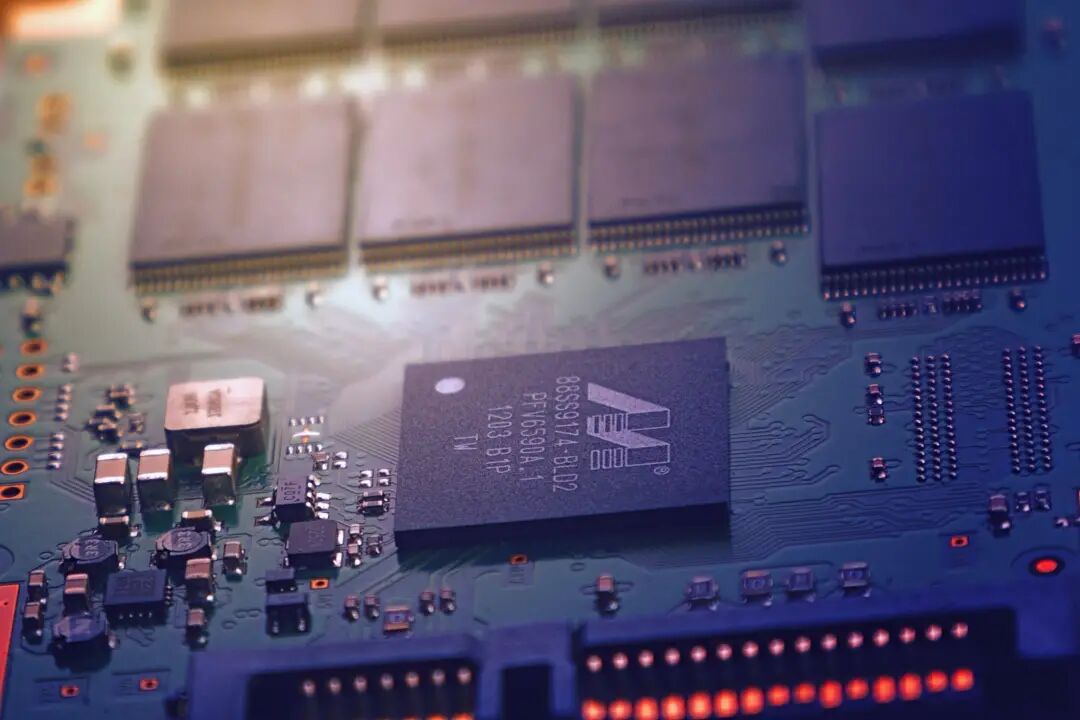
In other words, Arm’s updates essentially determine the direction of flagship devices for next year.
 OK, let’s get to the main topic.
OK, let’s get to the main topic.
This time, Arm has updated three CPU cores as per tradition:
Super Core Cortex-X4;
Big Core Cortex-A720;
Efficiency Core (Small Core) Cortex-A520.
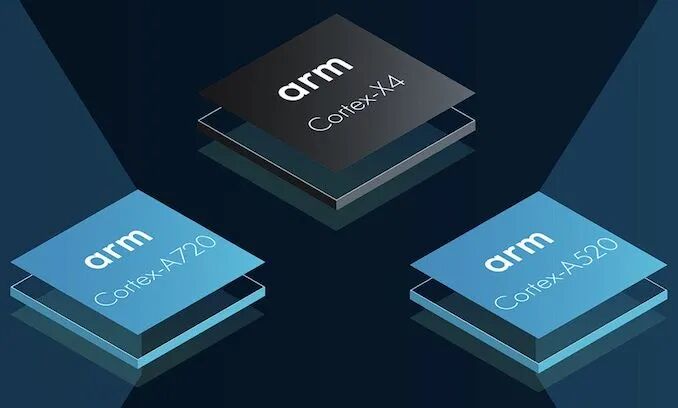
 You always say that stacking performance is useless, and controlling heat and power consumption is the way to go, right?
You always say that stacking performance is useless, and controlling heat and power consumption is the way to go, right?
Well, the upgrade direction of this new architecture is clearly aimed at power consumption control.

Under the same performance conditions, the Super Core X4 has reduced power consumption by 40% compared to the previous generation.
The Big Core A720 has reduced power consumption by 20%, and the Efficiency Core A520 has reduced it by 22%.
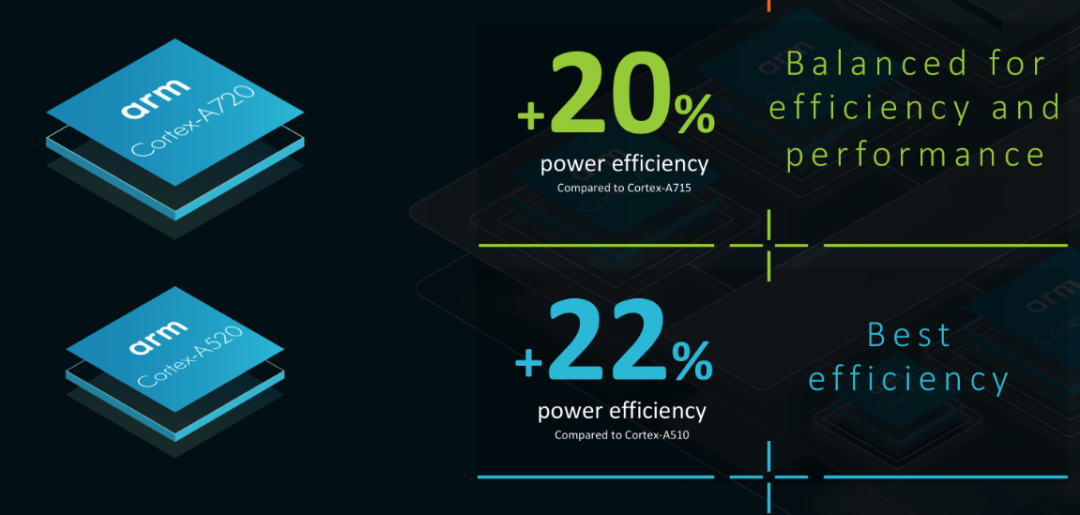
I think calling it an epic optimization is not an exaggeration, right?
 Of course, there are also performance improvements, but they are not as significant as the power consumption optimizations.
Of course, there are also performance improvements, but they are not as significant as the power consumption optimizations.
The Super Core X4 has improved by 15%, the A720 has improved by 15%, and the A520 has improved by 8%.

This performance upgrade is somewhat lackluster.
 But if it can maintain the current flagship performance while achieving the aforementioned power consumption optimizations, then the next generation of flagships is definitely worth looking forward to.
But if it can maintain the current flagship performance while achieving the aforementioned power consumption optimizations, then the next generation of flagships is definitely worth looking forward to.
Another key point is that this time Arm’s three new CPU cores have finally abandoned support for 32-bit.
In the future, old 32-bit apps will not only struggle to run smoothly on the next generation of flagships, but may even have trouble opening normally.
Moreover, major Android manufacturers are gradually phasing out applications that only support 32-bit in their app stores.

 Android flagship users will finally no longer have to use a phone worth five or six thousand as if it were a budget phone.
Android flagship users will finally no longer have to use a phone worth five or six thousand as if it were a budget phone.
The iPhone stopped supporting 32-bit apps as early as 2017.
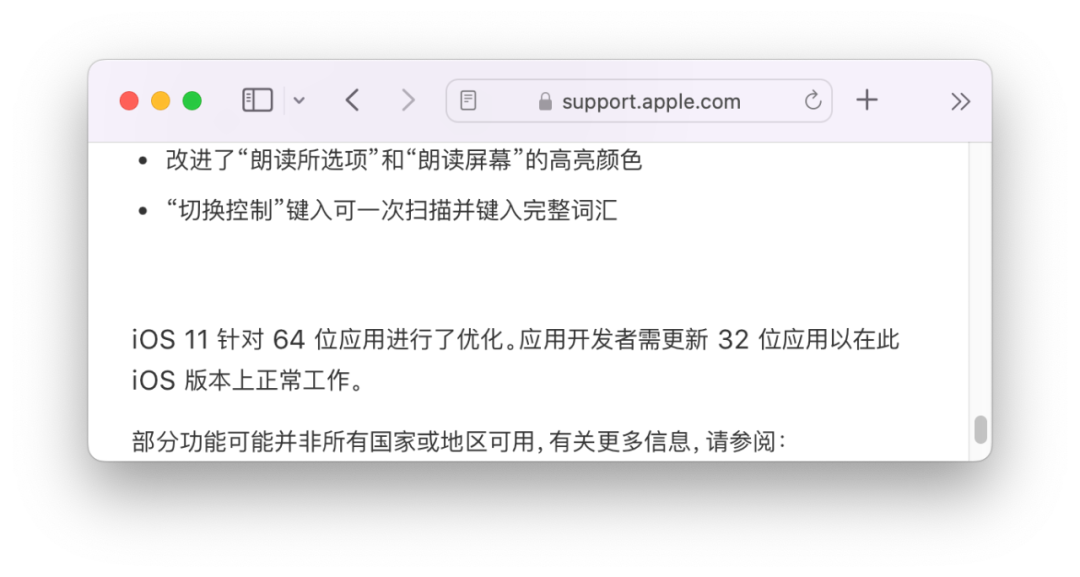
It’s surprising that Android has only just caught up after a full six years…

 In addition to the CPU, Arm has also launched a brand new fifth-generation GPU architecture.
In addition to the CPU, Arm has also launched a brand new fifth-generation GPU architecture.
Including Immortalis G720, Mali G720, and Mali G620.
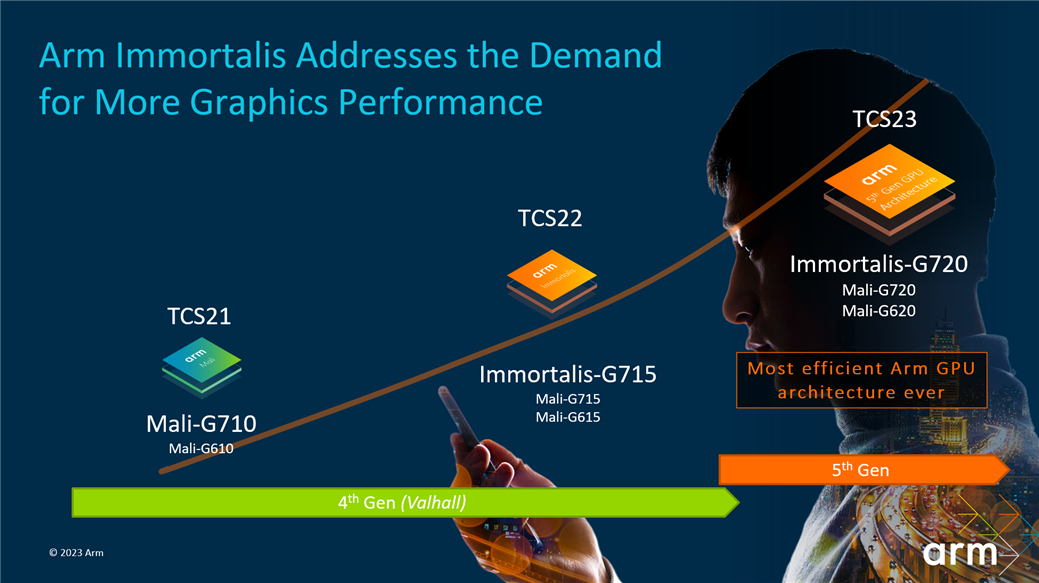
Among them, the strongest Immortalis G720 has improved peak performance and average energy efficiency by 15%.
Additionally, the DVS technology (Delayed Vertex Shading) has reduced bandwidth usage by 40%.
According to official data, the bandwidth usage for “Genshin Impact” has been reduced by 33%.
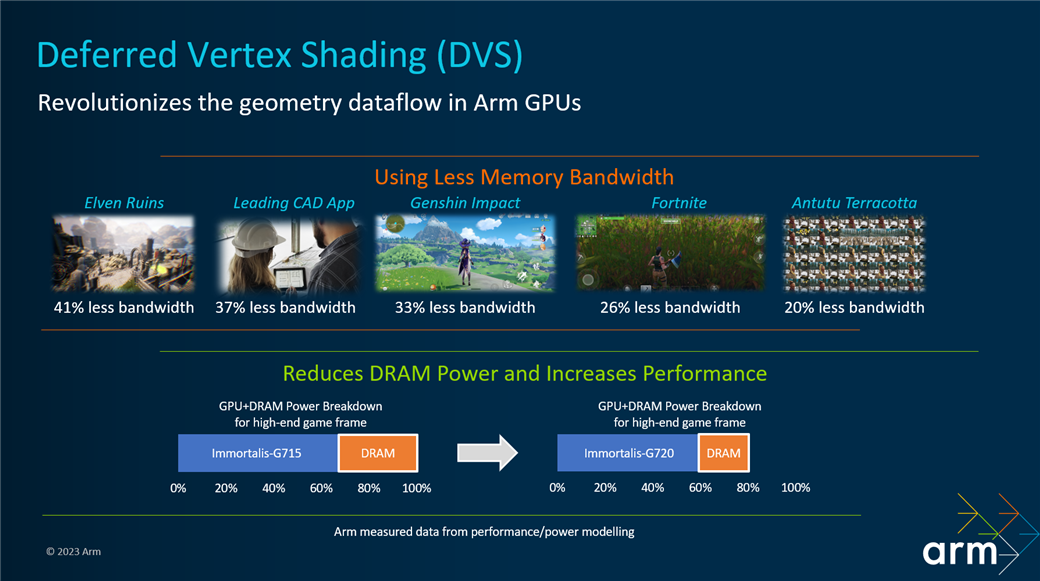
Clearly, even the GPU is focused on power consumption optimization.
 It seems that next year’s Android flagships are really going to be “cooling down”.
It seems that next year’s Android flagships are really going to be “cooling down”.

Of course, the design solutions provided by Arm are just the foundation.
How the final chips are made will depend on how major manufacturers like Qualcomm and MediaTek implement them.
Snapdragon 8 Gen 3
 Typically, when a new architecture is released, the official also provides related combination examples.
Typically, when a new architecture is released, the official also provides related combination examples.
Just like every dish has a recipe, it serves as a reference for chip manufacturers.
This time, Arm provided a “1+5+2” example.
According to leaks, the Qualcomm Snapdragon 8 Gen 3 will also be built based on the “1 Super Core + 5 Big Cores + 2 Efficiency Cores” specification.

Compared to the Snapdragon 8 Gen 2’s “1+2+2+3” configuration, one Efficiency Core has been removed, and one more Big Core has been added.
 This also indirectly confirms the new generation of Arm architecture’s progress in energy efficiency.
This also indirectly confirms the new generation of Arm architecture’s progress in energy efficiency.

AnTuTu scores as high as 1.6 million.
This is 300,000 higher than the current leader, the ROG 7 Pro.
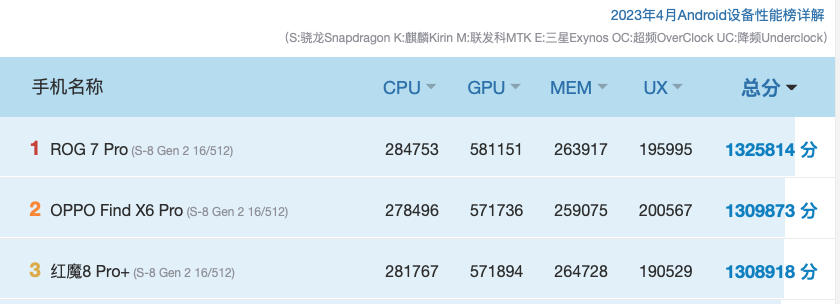
 Overall, Qualcomm seems to be making a routine upgrade.
Overall, Qualcomm seems to be making a routine upgrade.
In contrast, the next contender I would call heavyweight.
Dimensity 9300
That’s right, MediaTek is going all out this time.
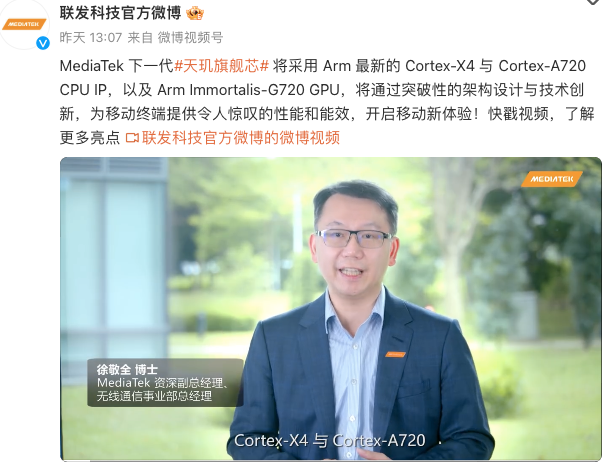
According to leaks, the next generation MediaTek flagship Dimensity 9300 will adopt a brand new “4+4” octa-core CPU.
 Highlighting that it will feature 4 Super Cores X4 and 4 Big Cores A720.
Highlighting that it will feature 4 Super Cores X4 and 4 Big Cores A720.
As for the Efficiency Cores, they have been ruthlessly abandoned.
Some may worry that with so many Super Cores, will the power consumption skyrocket?

 However, reports indicate that the Dimensity 9300 not only aims to outperform Apple’s A17 in performance but also reduces power consumption by 50% compared to the previous generation.
However, reports indicate that the Dimensity 9300 not only aims to outperform Apple’s A17 in performance but also reduces power consumption by 50% compared to the previous generation.

That’s quite impressive.
Although it sounds exaggerated, considering the significant power consumption optimizations of the X4 and A720,
 it wouldn’t be surprising if MediaTek has some hidden technologies to create the next generation’s strongest chip.
it wouldn’t be surprising if MediaTek has some hidden technologies to create the next generation’s strongest chip.
Of course, I still hope that MediaTek will not only focus on core performance but also improve imaging, audio, and other peripheral aspects.
After all, aiming for the high-end market requires more than just strong performance.


Fengchao Review Studio
A public account worth your praise